INSPIRATION
Snake On The Prowl
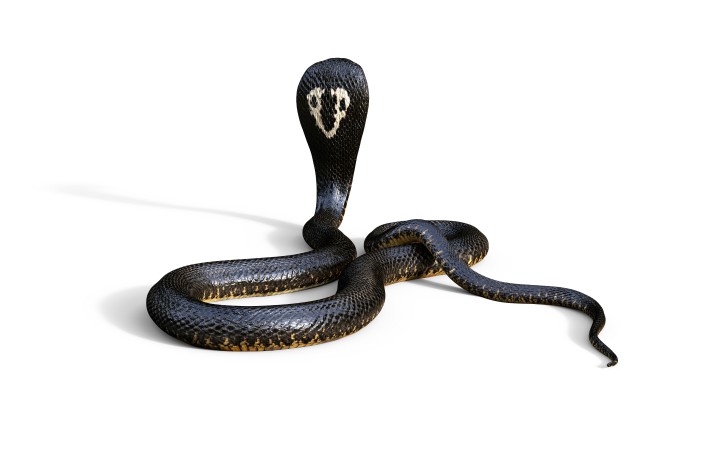
A deadly cobra is on the loose near the family home. Samantha du Toit wonders if conservation should extend to even the creatures that we fear.
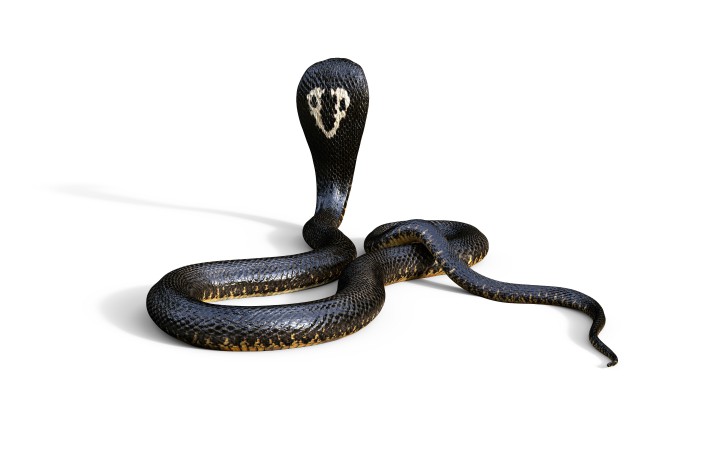
There was great excitement behind the cottage. The first we knew of anything was people running with pillow cases and clean water towards our home. The children and I knew that could only mean one thing: Baba was catching a spitting cobra.
By the time we arrived on the scene, my husband, Johann (Baba), had secured the writhing snake on the ground with his snake stick, and was conducting the delicate manoeuvre of gently securing the snake’s head with one hand and its body with the other.
It was only a small cobra, perhaps three feet at most, pink in colour with the tell-tale black collar around its neck. Julius, returning our laundry to the cottage, had spotted it in the bushes and had called in backup.
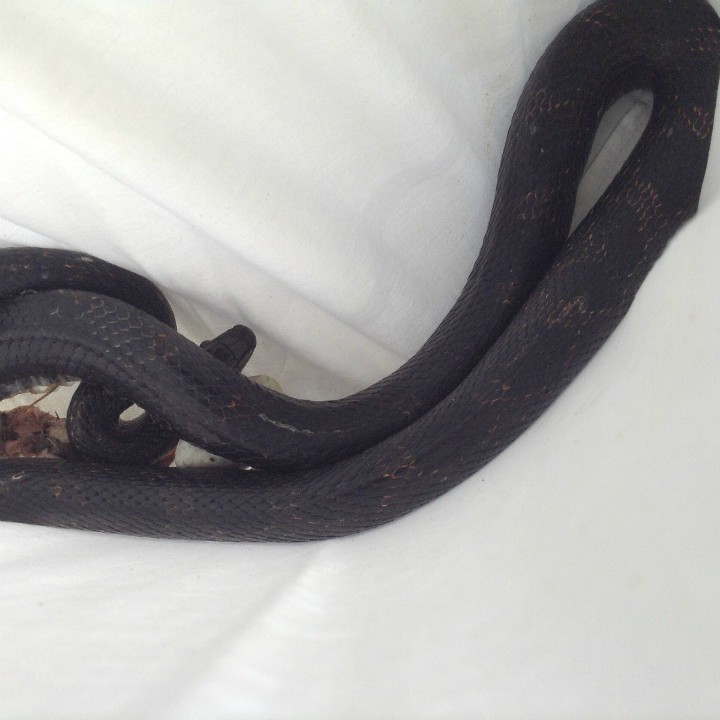
Once the snake was secured in the pillow case, Johann lay on his back on the lawn as I poured clean drinking water into his eyes, the children and our Maasai colleagues looking on. Although he had been wearing his dark glasses, the understandably angry little snake had managed to get some venom into his eye. Using the incident as a first-aid learning opportunity, we administered some eye drops to guard against infection, and everyone went back to what they had been doing.
In the cool of the evening, Johann piled us all into the car, with the snake secure in the front footwell and all of us in the back seat. We had persuaded my Mum, who was staying with us over the Christmas holidays, to come along with us. We needed to find a suitable place far away from everyone to release the snake. Mum was grumbling the entire time about our reasoning. Why on earth would we want to release a creature that could possible have bitten someone, not least the children who might not have survived if such a thing had happened? Could we not release it somewhere it would not survive?
It was something many people might wonder, and rightly so, perhaps. I myself do not actually like snakes, and worry about our family, and the local community, living alongside them. Many people have a deep-rooted fear of all small creepy-crawlies. So why are we trying to teach our children that, despite the fact that this snake is potentially a danger, we still do our best to understand it and protect it?
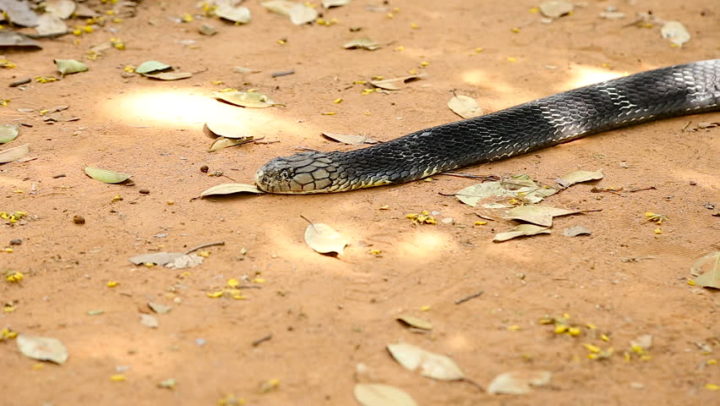
It is partly because Johann actually does understand and love snakes. But it is also part of our general family conservation philosophy, which means encompassing all of nature as we find it. Should we as humans pick and choose to take care of only that which we understand, like or find use for? Perhaps much conservation work does exactly this, with so much focusing on the large charismatic mammal species like elephants and lions. But as it turns out, even these creatures are not everyone’s favourite, sometimes leaving death and destruction in their wake for the people who live alongside them. So how do we prioritise what we conserve, and perhaps more importantly, who should be making these decisions? There are no easy answers.
As we stop by a remote offshoot of the river to release the snake, Mum, somewhat unsuccessfully, is still trying to convince herself the snake does indeed have a niche in nature to fill, being a predator of other creepy crawlies. With our children Taru and Seyia in tow, we stop a fair distance away while Johann gets ready with the exit strategy.
Undoing the knot on the pillow case facing away from him, and towards the water, Johann nudges the snake out with the stick. Usually the snakes see the exit and head off without looking back. This little one was different. Not sure of the water, he looked back to see Johann standing just behind him and immediately went on the defence again, raising his head and spitting. Johann gently pushed him away into the water, but the snake was not buying it. Over what seemed like a very long time, a strange dance took place between Johann and the snake as we all looked on, punctuated with gasps from Mum.
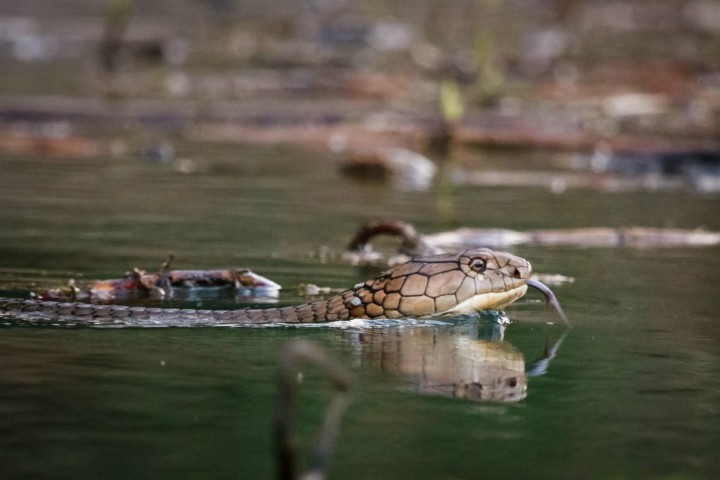
Eventually, the snake saw the far bank and headed off across the water and into the undergrowth. We all sighed with relief, and returned to the camp pondering the implications to conservation of our cobra release. Or perhaps that was just me, with everyone else in the car simply happy to have had a successful ending to the day.
Samantha du Toit is a wildlife conservationist, working with SORALO, a Maasai land trust. She lives with her husband, Johann, and their two children at Shompole Wilderness, a tented camp in the Shompole Conservancy.
TAGS
Our Top Experiences
SEEN SOMETHING YOU LIKE?
Enquire now and our team will create a custom itinerary tailored to your preferences.

CONTACT
enquiries@nomad.africa
Tel: +254 708 238 738
Purple Nomad Ltd
PO Box 69671 - 00400
Mwanzi Avenue, Nairobi, Kenya


.jpeg)
